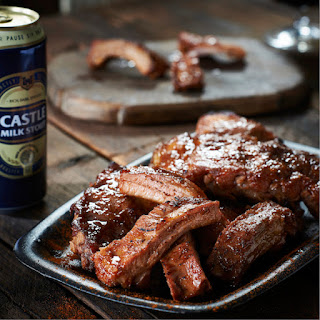This tradition or better put, legacy of a strong culture, pushes its way through even into industrial production - and many many Japanese firms have a respect for genuine authentic design input, ranking it at least at the same level as economic formulaic calculations.
 |
| Supra GT |
The general public might not know that when it comes to very high volume car manufacturing, 'design' is tied to government rules and regulations about what kinds of cars automotive manufacturers can make, and there is no absolute freedom to draw whatever looks good, or even whatever is wind-efficient - instead, a large list of rules must be fulfilled first, before any 'shape' can be accepted for transferring to production.
This being so, many brand car companies will licence out a 'package; that effectively is the car shape itself, simply because that shape already fulfills those rule requirements and the licence is more to do with compliance 'packaging' rather than the aesthetics of the design.
What this means in practice, is that a range of car companies can appear, from time to time, to be 'stealing' ideas about shape, from other brands. That isn't really happening in most cases. In most cases, a design licence was bought, but the terms and the whole agreement will be 'commercial-in-confidence; even to the extent of confirming they had bought a licence.
 |
| Alfa 4C |
This year, Toyota is bringing back its Supra, and this is clearly a design licensed from Alfa Romeo.
But the one thing that you can nearly always rely on, when it comes to Japanese crafting shops and design implementation units for high volume manufacturing, is the sheer standard of the 'build.'
It is true of bespoke shoes, high end watches, suits - and cars.
And it is a joy to know that these people exist and are keeping to high standards, even in today's world.










